Queer Representation in Media: How Far Have We Come?
From Stereotypes to Authenticity: Tracing the Evolution of Queer Representation in Media
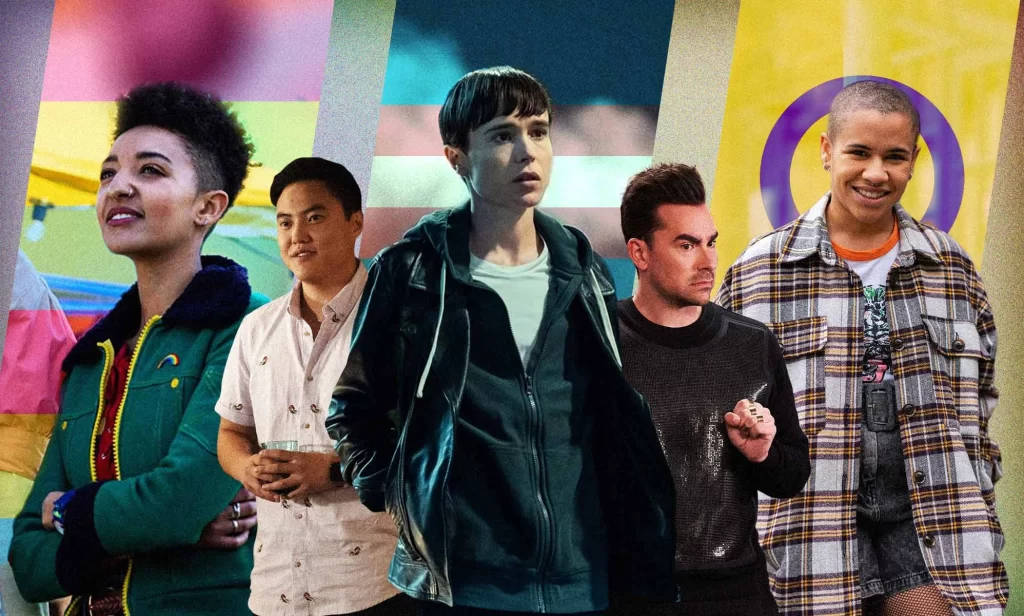
Take a journey through the evolution of queer representation in media, examining the milestones achieved and the challenges that remain in portraying LGBTQIA+ characters and stories.
Queer representation in media has undergone a significant transformation over the years. From the early days when LGBTQIA+ characters were either invisible or portrayed through stereotypes, to the present day where diversity and authentic representation are increasingly embraced, the journey has been momentous. This article explores the evolution of queer representation in media and examines how far we have come.
The Early Days: Stereotypes and Censorship
In the early 20th century, queer characters were rarely seen in media. When they did appear, they were often portrayed as villains or comedic relief, and their identities were heavily stereotyped. The Hays Code, implemented in Hollywood from the 1930s to the 1960s, explicitly prohibited the depiction of “sexual perversion,” which included homosexuality.
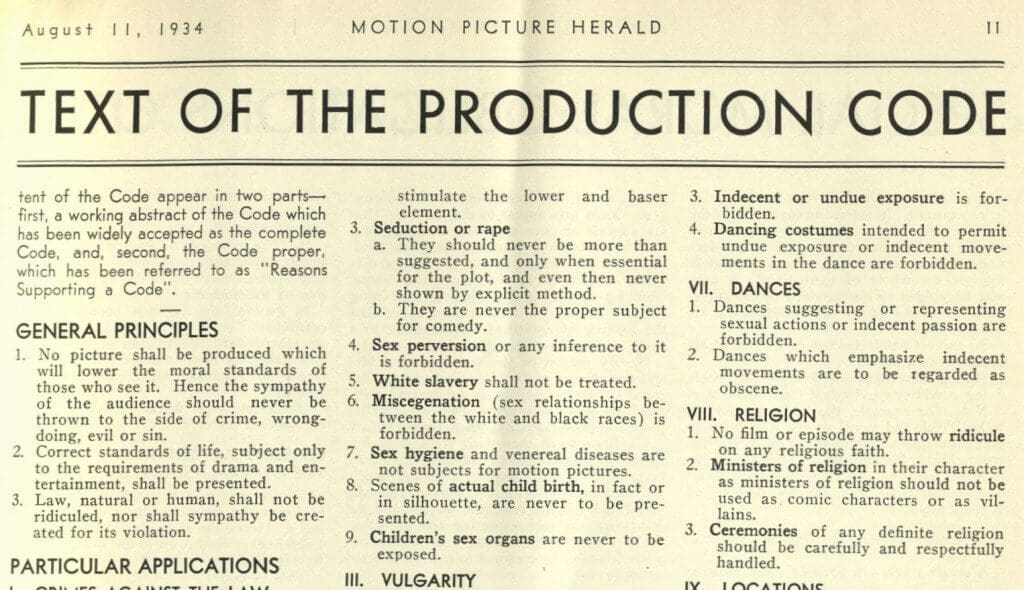
The 1970s and 1980s: A Turning Point
The 1970s marked a turning point for queer representation in media. The Stonewall Riots of 1969 acted as a catalyst for the gay rights movement, and the media began to reflect these societal changes. Shows like “All in the Family” began to introduce gay characters, and films like “The Boys in the Band” portrayed gay life more openly.
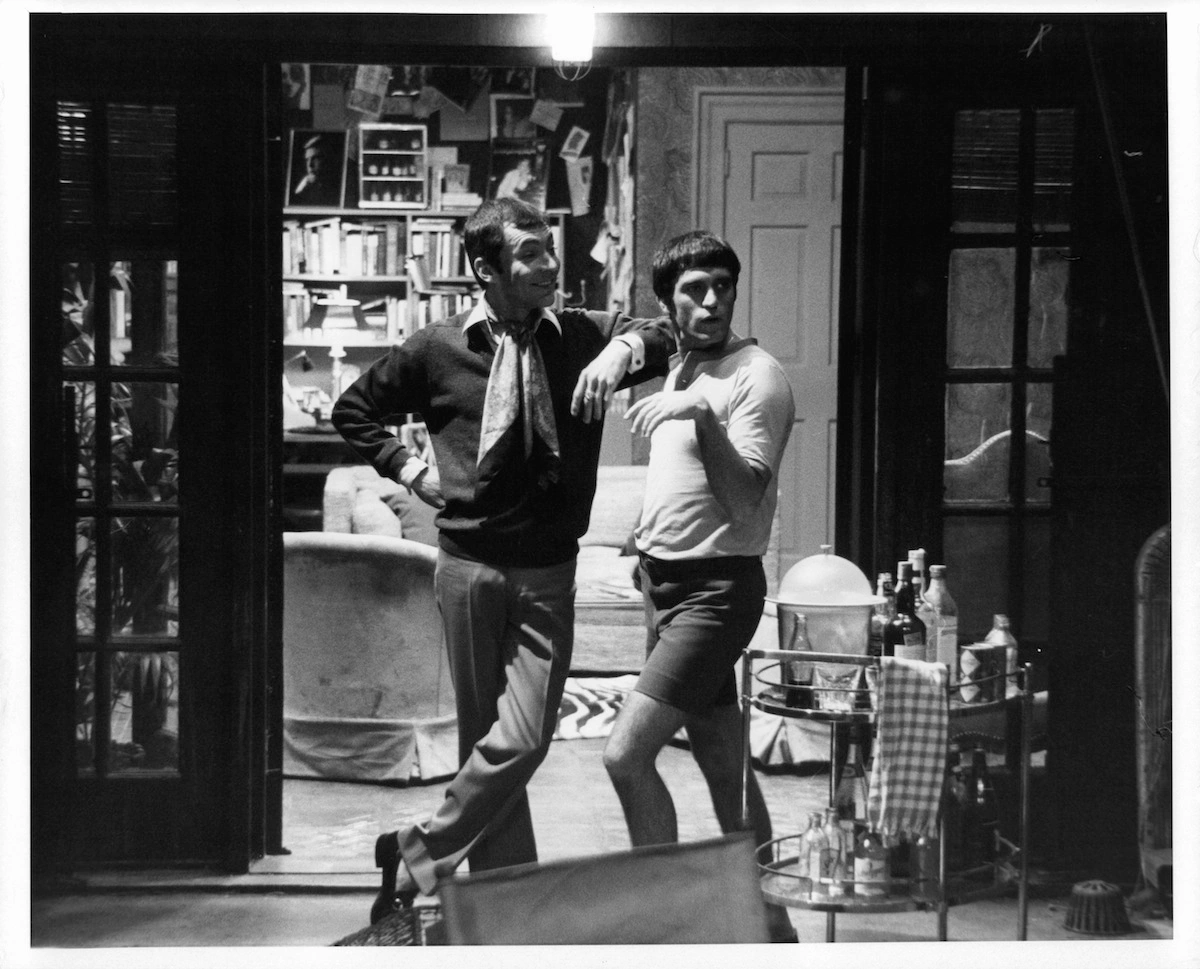
The 1990s: Increased Visibility
The 1990s saw an increase in the visibility of LGBTQIA+ characters on television and in films. Shows like “Will & Grace” and “Ellen” featured openly gay lead characters. However, representation was still limited, and characters were often defined solely by their sexual orientation.

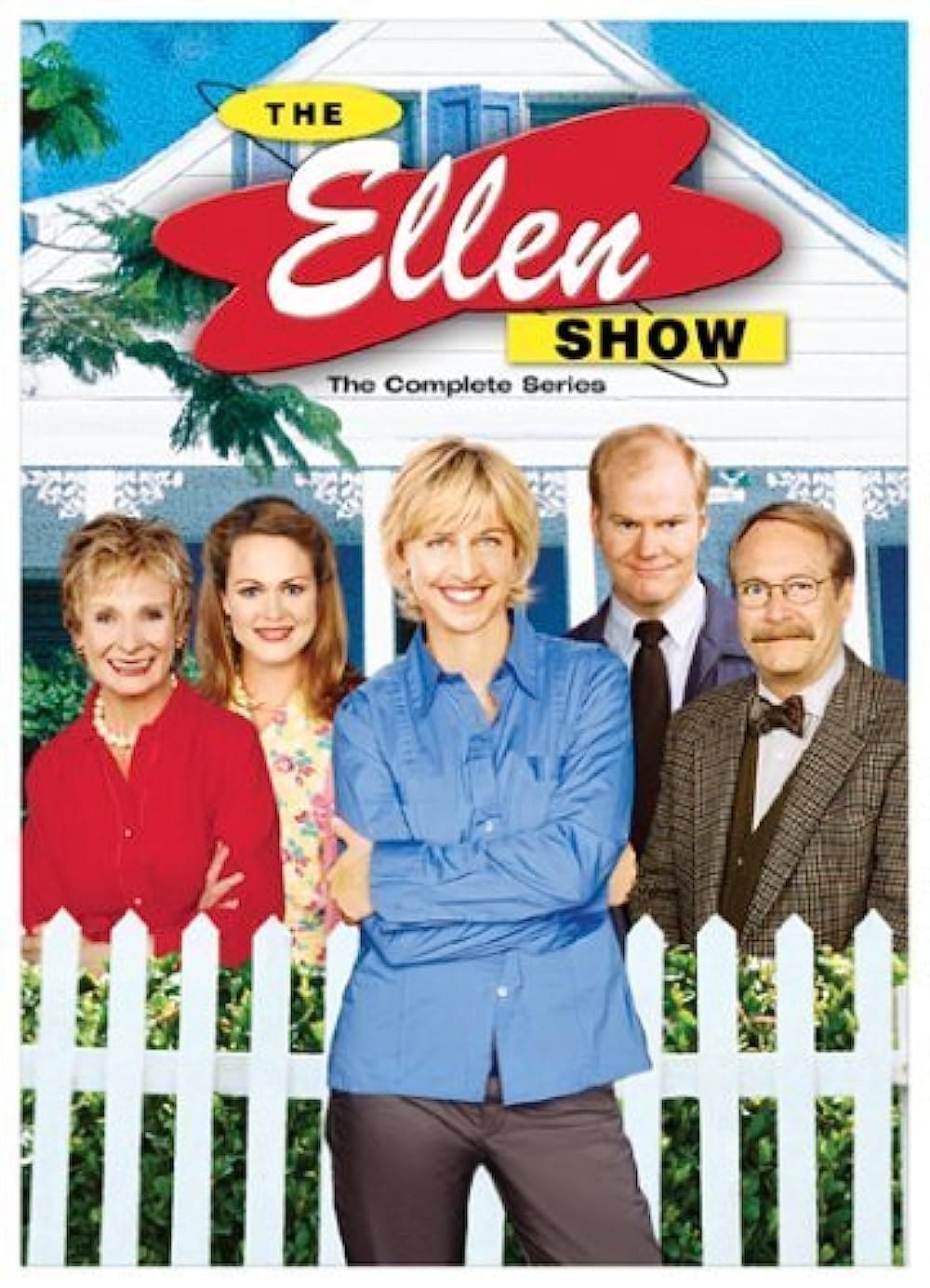
The 2000s: Diversity and Complexity
In the 2000s, media began to portray queer characters with more depth and complexity. Shows like “Queer as Folk” and “The L Word” focused on the lives of LGBTQIA+ individuals, portraying them as multifaceted characters. Additionally, the representation of transgender individuals began to improve.
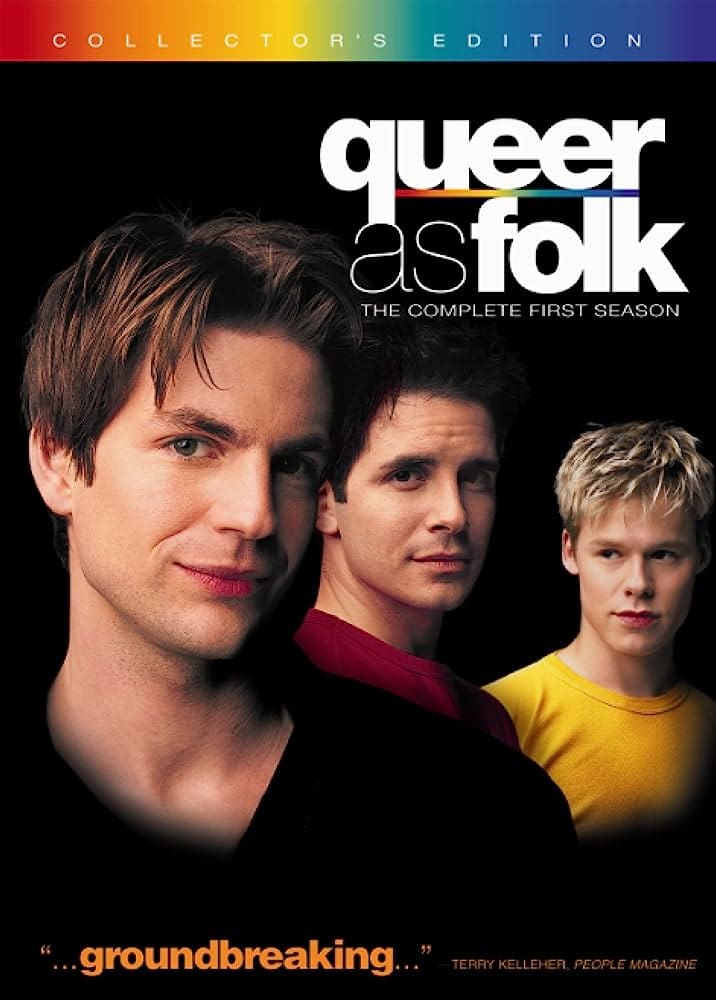
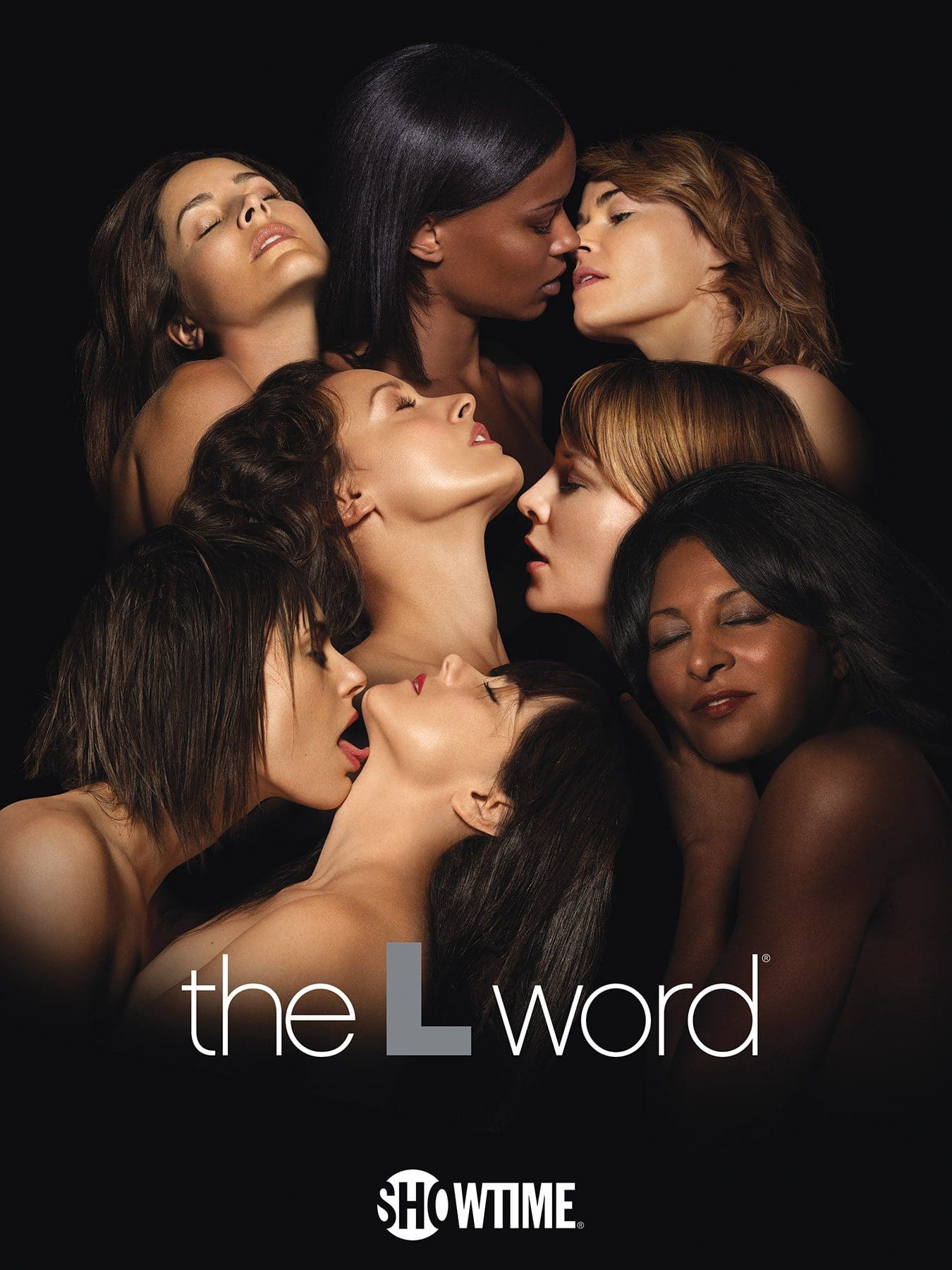
The 2010s: A Surge in Representation
The 2010s saw a surge in queer representation in media. LGBTQIA+ characters were increasingly portrayed in leading roles, and their stories were woven into the fabric of mainstream media. Shows like “Orange Is the New Black” and “Pose” received critical acclaim for their authentic representation.
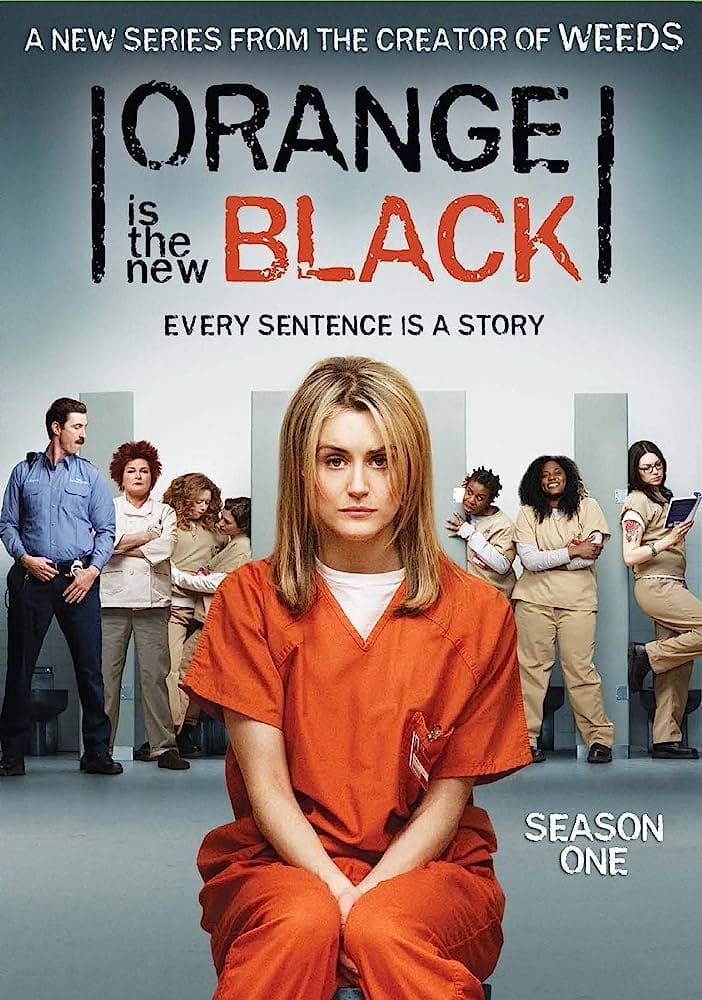
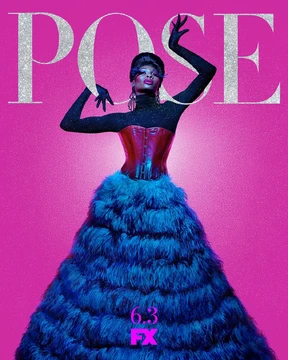
The Present Day: Strides and Challenges
Today, queer representation in media is more diverse and authentic than ever before. However, challenges remain. There is still a need for more representation of queer people of color, transgender, and non-binary individuals. Additionally, the portrayal of queer characters in international media varies widely, with some countries still heavily censoring LGBTQIA+ content.
The Role of Social Media and Streaming Services
The advent of social media and streaming services has played a significant role in the democratization of content. LGBTQIA+ creators have found platforms to tell their stories without the constraints of traditional media outlets. Streaming services have also been instrumental in bringing diverse content to a global audience.
The Importance of Authentic Representation
Authentic representation matters. It not only reflects the diversity of the world but also plays a crucial role in shaping perceptions and attitudes. For LGBTQIA+ individuals, seeing characters that reflect their experiences can be empowering and affirming.
As we lookto the future, it is essential for media creators and consumers alike to continue advocating for authentic and diverse representation. The media has the power to educate, inspire, and bring about change. Through continued efforts to portray the rich tapestry of queer experiences, media can play a pivotal role in fostering a more inclusive and understanding society. The journey of queer representation in media is far from over, but the progress made thus far is a testament to the resilience and determination of the LGBTQIA+ community and its allies.

Comments are closed, but trackbacks and pingbacks are open.